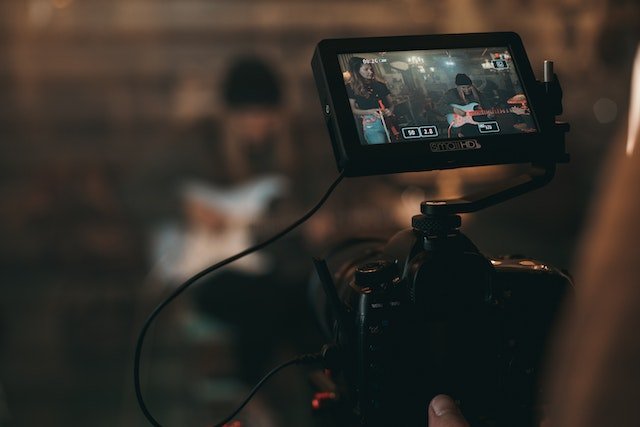Capturing a video with the correct exposure is crucial for producing high-quality content. Exposure refers to the amount of light that enters the camera's sensor, and it can greatly affect the overall look and feel of your video. In this blog, we'll go over some tips on how to set the correct exposure in your video camera.
- Understand the exposure triangle
The exposure triangle consists of three elements: aperture, shutter speed, and ISO. Aperture refers to the size of the opening in the lens through which light enters the camera. Shutter speed refers to the length of time the shutter remains open to let light in. ISO refers to the camera's sensitivity to light. To get the correct exposure, you'll need to adjust these three elements until you get the desired results.
- Use the camera's built-in light meter
Most modern video cameras come with a built-in light meter that can help you determine the correct exposure. The light meter measures the amount of light in the scene and provides you with a recommended exposure setting. Typically, the light meter will display a scale ranging from -2 to +2, with 0 being the correct exposure. Adjust your camera settings until the light meter reads 0.
- Set your aperture first
Aperture is the most important element in the exposure triangle because it affects the depth of field. The depth of field determines how much of the scene is in focus. If you want a shallow depth of field, which is common in video production, set your aperture to a lower number (e.g., f/2.8). If you want a deeper depth of field, set your aperture to a higher number (e.g., f/8).
- Adjust your shutter speed and ISO
Once you've set your aperture, adjust your shutter speed and ISO to get the correct exposure. Shutter speed is important for capturing motion. If you're filming a fast-moving object, you'll need a faster shutter speed to avoid motion blur. However, using a faster shutter speed means less light will enter the camera, so you'll need to increase your ISO to compensate.
- Use manual mode
If you're shooting in a controlled environment, such as a studio, using manual mode can help you get the correct exposure. Manual mode allows you to set your aperture, shutter speed, and ISO manually, giving you complete control over your exposure.
- Check your histogram
A histogram is a graph that shows the distribution of light in your video. It can help you determine if your video is overexposed or underexposed. To access the histogram, go to your camera's settings and turn on the histogram display. Adjust your camera settings until the histogram displays a balanced distribution of light.
In conclusion, setting the correct exposure in your video camera requires an understanding of the exposure triangle and the use of your camera's built-in light meter, aperture, shutter speed, and ISO settings. By following these tips, you can produce high-quality videos with the correct exposure.

